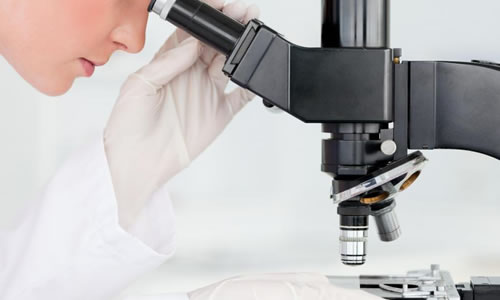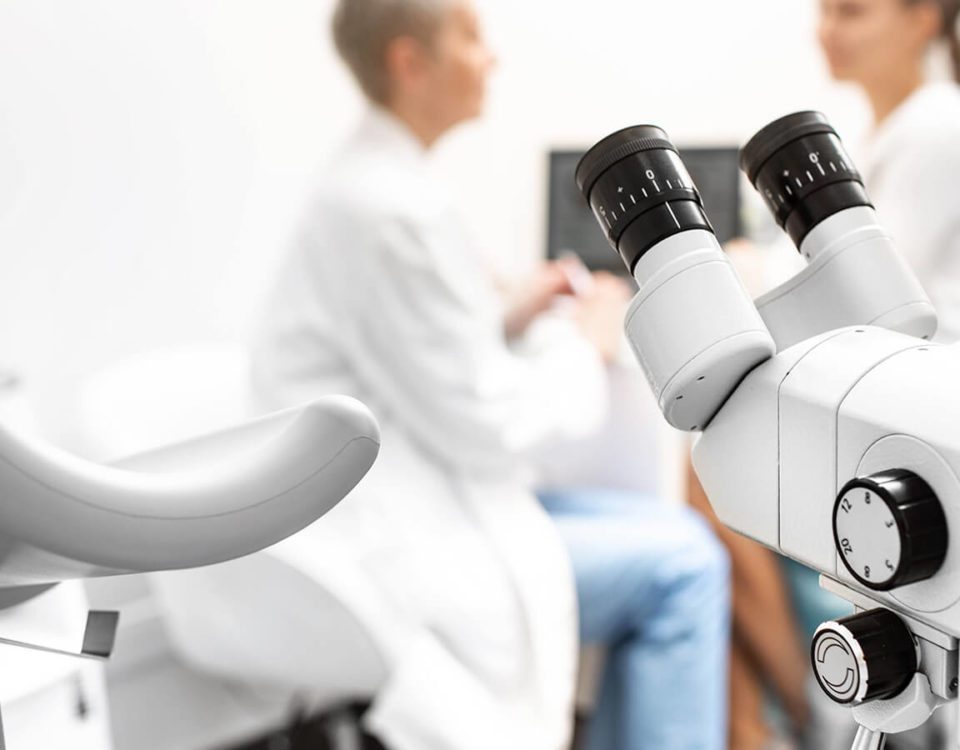Chlamydia, one of the most common sexually transmitted diseases caused by a bacterium called Chlamydia trachomatis, causes infections such as cervicitis, urethritis and PIH (Pelvic Inflammatory Disease) in women, while in men it can cause urethritis, epididymitis and prostatitis. Chlamydia, which can have serious consequences if left untreated, can be transmitted through vaginal, oral and anal sex, and can also be transmitted from a mother with chlamydia to her baby during childbirth.
Symptoms of Chlamydia
Chlamydia has different symptoms in men and women. Women:
- Vaginal discharge, which can be thick and foul-smelling,
- Painful menstruation,
- Bleeding between menstrual periods,
- Pain during sexual intercourse,
- Itching or burning in the area around the vagina,
- Symptoms such as pain during urination are observed.
Chlamydia in men:
- A small amount of clear or cloudy discharge from the tip of the penis,
- Burning and itching around the tip of the penis,
- Painful urination,
- Symptoms include pain and swelling around the testicle.
Who is at Risk of Chlamydia?
Chlamydia, which can be seen in anyone with an active sexual life, is a disease mostly seen in those who have unprotected sexual intercourse, those who lead a multi-partner life, women under the age of 25 who lead a sexually active life, those whose partners carry sexually transmitted diseases and homosexual men.
How is Chlamydia Diagnosed and Treated?
To diagnose chlamydia, a small sample is collected from the cervix in women and from the tip of the penis in men and sent to the laboratory. This diagnostic method, called chlamydia testing, is most commonly done by cytologic examination and bacterial culture. Diagnostic methods such as antigen detection, direct fluorescent antibody (DFA), enzyme immunoassay (EIA) and nucleic antigen amplification tests (NAAT) can also be applied in the diagnosis of chlamydia.
Since chlamydia is a bacterial infection, it is treated with antibiotics. It is extremely important to continue with antibiotics, which are recommended for a certain period of time, even after the symptoms of the disease have disappeared. During antibiotic treatment, the patient should avoid sexual intercourse. If the chlamydia recurs after a certain period of time, it may be necessary to be tested again. Since chlamydia is a contagious disease between partners, it is important that the partner is also treated for the infection during the treatment process.




